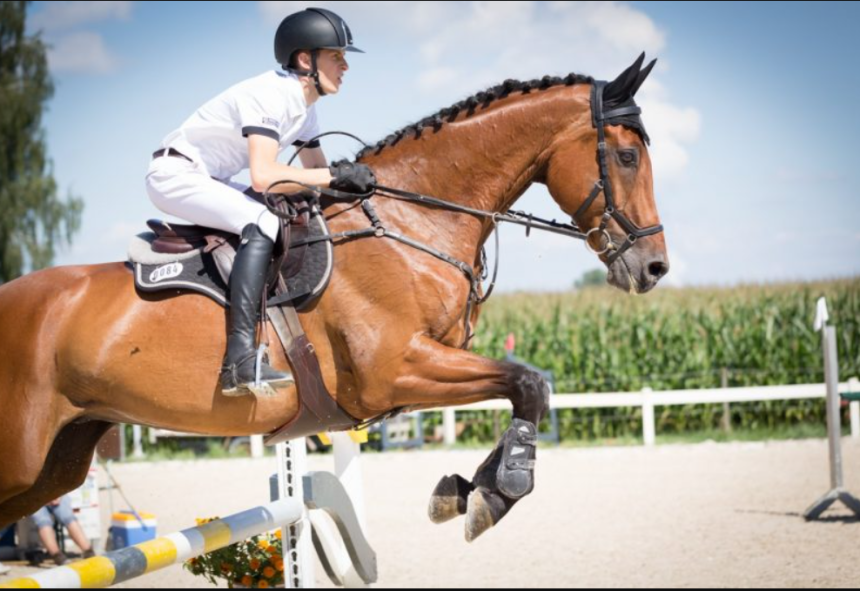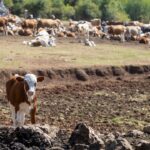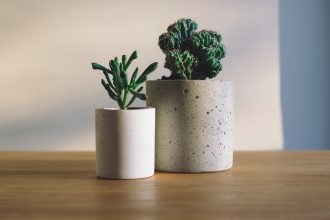Horseback riding can be a truly rewarding experience, but it starts with the right preparation and gear. Proper equipment ensures both rider and horse are safe, comfortable, and ready for a smooth, enjoyable ride. From saddles and bridles to grooming tools and riding apparel, having the right horse supplies is essential. In this article, we’ll explore the must-have items every rider should own to enhance performance, build trust with their horse, and make every ride memorable.
Riding Apparel
Proper riding attire is essential for safety and comfort, especially during long rides or high-intensity activities. A helmet is the most critical piece of gear, protecting your head from serious injury in the event of a fall or collision. Riding boots with a heel are designed to prevent your foot from slipping through the stirrup, offering both support and safety. Durable, well-fitted pants help reduce chafing and discomfort over time, whether you’re riding casually, touring long-distance, or just enjoying the aesthetics of the sport. Gloves improve grip and protect your hands from friction, blisters, and the elements. Such horse supplies are vital to a good riding experience.
Horse Tack Essentials
Horse tack is used to control and communicate with the horse. The saddle provides the seat and should be fitted to prevent discomfort or injury. A bit and reins, attached to a headstall, help guide the horse. A saddle pad or blanket adds some cushion and protection to the horse’s back. Girths or cinches come into play to hold the saddle in place. Visit Greg Grant Saddlery for a wide selection of products.
Grooming Supplies
Grooming is good for the horse’s health and also increases the bond between the horse and its rider. You can work loose dirt and blood to the surface with a curry comb. The dry brush is a harder brush for detritus; the soft brush is for polishing the coat. Hoof picks remove dirt and stones from hooves to prevent injury. Mane and tail combs are great for getting out knots and keeping things looking tidy.
Feeding Equipment
Feeding is essential for the well-being of any horse. Feed buckets and hay nets are necessary for meals. Water troughs or buckets keep the horses hydrated. Scoops help determine a consistent feed portion, which promotes good nutrition balance. Feed should be stored in a way that keeps it fresh and pest-free, and proper use of storage containers.
Stable Equipment
A clean, organized stable is key to a horse’s well-being. Pitchforks and shovels assist in cleaning stalls, while wheelbarrows make transporting waste easier. Brooms keep the area tidy. Stable mats offer comfort and reduce the risk of injury. Hay racks and feeders ensure food stays off the ground, preventing contamination.
Health and First Aid Supplies
Being prepared for health issues is vital. Simple first-aid supplies include bandages, antiseptic ointments, and wound dressings. Thermometers measure the horse’s temperature for illness. Fly sprays protect against pests, and salt blocks should be provided as they contain essential minerals. Horses should also get regular vet check-ups and vaccinations.
Transport Equipment
Transporting horses requires specialized gear. Horse trailers need to be roomy and ventilated. Safety ties and barriers ensure the horse remains safe in transit. A ramp allows for easy loading and unloading. Having cameras within your trailer allows you to check in on your load while you are driving down the road with peace of mind.
Training Aids
Training tools play a key role in preparing a horse for riding and improving their responsiveness. Groundwork often involves using lunge lines and training whips to guide movement and build trust. Obstacles like cones and poles help develop agility, coordination, and focus through structured exercises. Clicker training, paired with treats, positively reinforces good behaviour and builds a stronger connection between horse and trainer. These tools collectively create a well-rounded and effective training environment for both horse and rider.
Weather Protection Gear
Since weather conditions can’t be controlled, using the right safeguards is essential for your horse’s comfort. Horse covers provide warmth during colder months, while fly sheets offer insect protection in warmer weather. Rain sheets help keep the horse dry during showers. When outdoors, a well-ventilated shelter or run-in shed shields them from harsh elements, ensuring they stay healthy, comfortable, and protected year-round in all kinds of weather.
Conclusion
Horses weren’t made solely for riding—they’re living beings that need care, respect, and proper equipment to thrive. Ensuring both rider and horse are safe, comfortable, and healthy starts with having the right supplies. From grooming tools and tack to protective gear and health products, quality items make a significant difference. Regular maintenance of this gear enhances both performance and safety. Whether you’re a beginner or seasoned rider, these essentials form the foundation for a strong, rewarding partnership with your horse.















